Lot details Please note this Lot is to be sold at No Reserve. 本拍品不設底價 Expert’s note (part I): This exceptional jade plaque, distinguished by its remarkable preservation and rarity, encompasses the craftsmanship styles of both the Shang and Zhou dynasties, as aptly noted by Harry Geoffrey Beasley in his commentary on this artwork a century ago (refer to provenance section below). It stands as an extraordinary testament to the legacy of the Spring and Autumn era. With a prestigious history, it was initially held in the esteemed collection of Henry Dyer, a renowned engineer and collector from Glasgow, Scotland, who was awarded the Order of the Rising Sun by Emperor Meiji. Subsequently, it found its place in the museum of Harry Geoffrey Beasley before eventually becoming part of the family collection of Alfred William Cowperthwaite in 1939. In terms of quality and condition, this jade plaque ranks alongside the finest surviving archaic jades in the rich history of ancient China. The accompanying written note by Harry Geoffrey Beasley describes the present jade as a "Display Plaque" that combines designs from “the Shang and Zhou” dynasties. He emphasizes its uniqueness and significance by stating, "Unique and of extreme importance. Ex: Dyer Collection." A copy of this note, along with the presentation box in which it was discovered, is included with this lot. Please refer to the provenance section below for more details. The plaque is entirely flat and exhibits meticulous carvings on both sides, portraying two crouching bears positioned back to back. These bears are intricately rendered with emphasized facial features and paws, all finely incised in deep and high relief. Additionally, the plaque is adorned with two stylized dragons on the back of each bear, accompanied by skillfully executed geometric designs. These designs are masterfully crafted using adjacent double- and single-line grooves, enhancing the overall aesthetic appeal of the piece. The absence of any drilled holes or natural openings that would allow suspension leaves no doubt that this plaque was not intended to be worn merely as a piece of jewelry or an ornamental item, neither during one's lifetime nor in the afterlife. Instead, it was specifically crafted as a ceremonial centerpiece, likely revered and utilized in rituals spanning generations. It probably also served as a seal plaque and was ultimately interred alongside a significant noble leader. The substantial size of 12.8 cm further supports this evaluation. The translucent stone is of a beautiful pale yellow tone with faint green hues and a few distinct russet spots. Calcification throughout. Provenance: -Henry Dyer (1848-1918), according to a copy of a handwritten note written by Harry Geoffrey Beasley found inside a presentation box, which was custom made for the present lot by the orders of Alfred William Cowperthwaite. Most likely acquired by Henry Dyer during his stay in Japan from 1873 to 1882, where he was awarded the Order of the Rising Sun, the highest Japanese honor available to foreigners, by the Emperor Meiji. -Harry Geoffrey Beasley (1881-1939), acquired from the above, probably after Dyer’s death in 1918. -Irene Beasley, widow of Harry Geoffrey Beasley, by descent in 1939. -Alfred William Cowperthwaite (1890-1964), acquired from the above in 1939 or shortly thereafter. -Thence by descent within the Cowperthwaite family to the last owner. Condition: Very good condition, commensurate with age. Wear, minuscule nibbling, signs of weathering and erosion, encrustations, all consistent with an extensive time of burial. Calcification throughout. Weight: 54.9 g Dimensions: Length 12.1 cm Please click here to read the full description With an old presentation box and glass cover. (2) Henry Dyer (23 August 1848 – 25 September 1918) was a noted Scottish Engineer and collector of Asian art. He is principally remembered for his contributions to curriculum development for the Imperial College of Engineering
Lot details Please note this Lot is to be sold at No Reserve. 本拍品不設底價 Expert’s note (part I): This exceptional jade plaque, distinguished by its remarkable preservation and rarity, encompasses the craftsmanship styles of both the Shang and Zhou dynasties, as aptly noted by Harry Geoffrey Beasley in his commentary on this artwork a century ago (refer to provenance section below). It stands as an extraordinary testament to the legacy of the Spring and Autumn era. With a prestigious history, it was initially held in the esteemed collection of Henry Dyer, a renowned engineer and collector from Glasgow, Scotland, who was awarded the Order of the Rising Sun by Emperor Meiji. Subsequently, it found its place in the museum of Harry Geoffrey Beasley before eventually becoming part of the family collection of Alfred William Cowperthwaite in 1939. In terms of quality and condition, this jade plaque ranks alongside the finest surviving archaic jades in the rich history of ancient China. The accompanying written note by Harry Geoffrey Beasley describes the present jade as a "Display Plaque" that combines designs from “the Shang and Zhou” dynasties. He emphasizes its uniqueness and significance by stating, "Unique and of extreme importance. Ex: Dyer Collection." A copy of this note, along with the presentation box in which it was discovered, is included with this lot. Please refer to the provenance section below for more details. The plaque is entirely flat and exhibits meticulous carvings on both sides, portraying two crouching bears positioned back to back. These bears are intricately rendered with emphasized facial features and paws, all finely incised in deep and high relief. Additionally, the plaque is adorned with two stylized dragons on the back of each bear, accompanied by skillfully executed geometric designs. These designs are masterfully crafted using adjacent double- and single-line grooves, enhancing the overall aesthetic appeal of the piece. The absence of any drilled holes or natural openings that would allow suspension leaves no doubt that this plaque was not intended to be worn merely as a piece of jewelry or an ornamental item, neither during one's lifetime nor in the afterlife. Instead, it was specifically crafted as a ceremonial centerpiece, likely revered and utilized in rituals spanning generations. It probably also served as a seal plaque and was ultimately interred alongside a significant noble leader. The substantial size of 12.8 cm further supports this evaluation. The translucent stone is of a beautiful pale yellow tone with faint green hues and a few distinct russet spots. Calcification throughout. Provenance: -Henry Dyer (1848-1918), according to a copy of a handwritten note written by Harry Geoffrey Beasley found inside a presentation box, which was custom made for the present lot by the orders of Alfred William Cowperthwaite. Most likely acquired by Henry Dyer during his stay in Japan from 1873 to 1882, where he was awarded the Order of the Rising Sun, the highest Japanese honor available to foreigners, by the Emperor Meiji. -Harry Geoffrey Beasley (1881-1939), acquired from the above, probably after Dyer’s death in 1918. -Irene Beasley, widow of Harry Geoffrey Beasley, by descent in 1939. -Alfred William Cowperthwaite (1890-1964), acquired from the above in 1939 or shortly thereafter. -Thence by descent within the Cowperthwaite family to the last owner. Condition: Very good condition, commensurate with age. Wear, minuscule nibbling, signs of weathering and erosion, encrustations, all consistent with an extensive time of burial. Calcification throughout. Weight: 54.9 g Dimensions: Length 12.1 cm Please click here to read the full description With an old presentation box and glass cover. (2) Henry Dyer (23 August 1848 – 25 September 1918) was a noted Scottish Engineer and collector of Asian art. He is principally remembered for his contributions to curriculum development for the Imperial College of Engineering



.jpg)

.jpg)

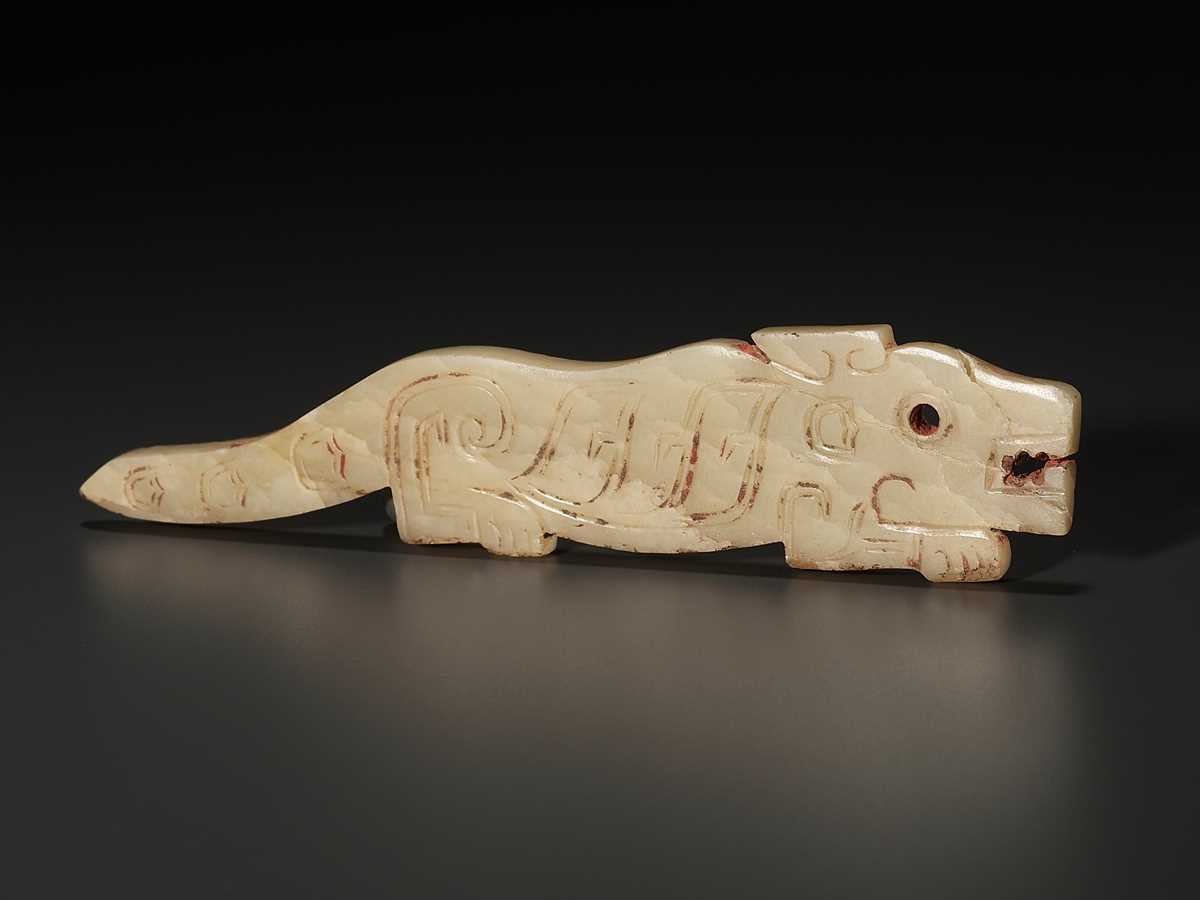
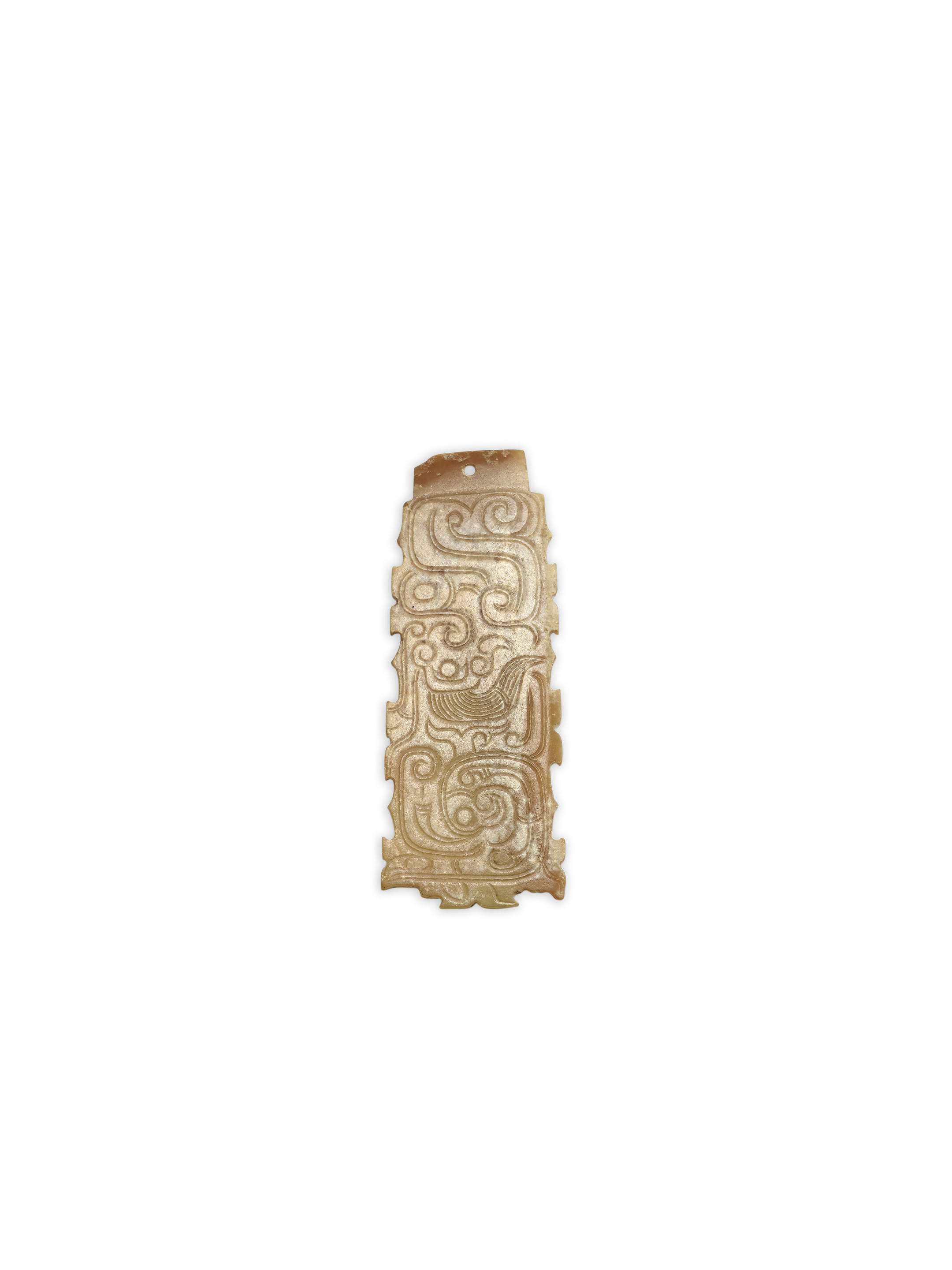


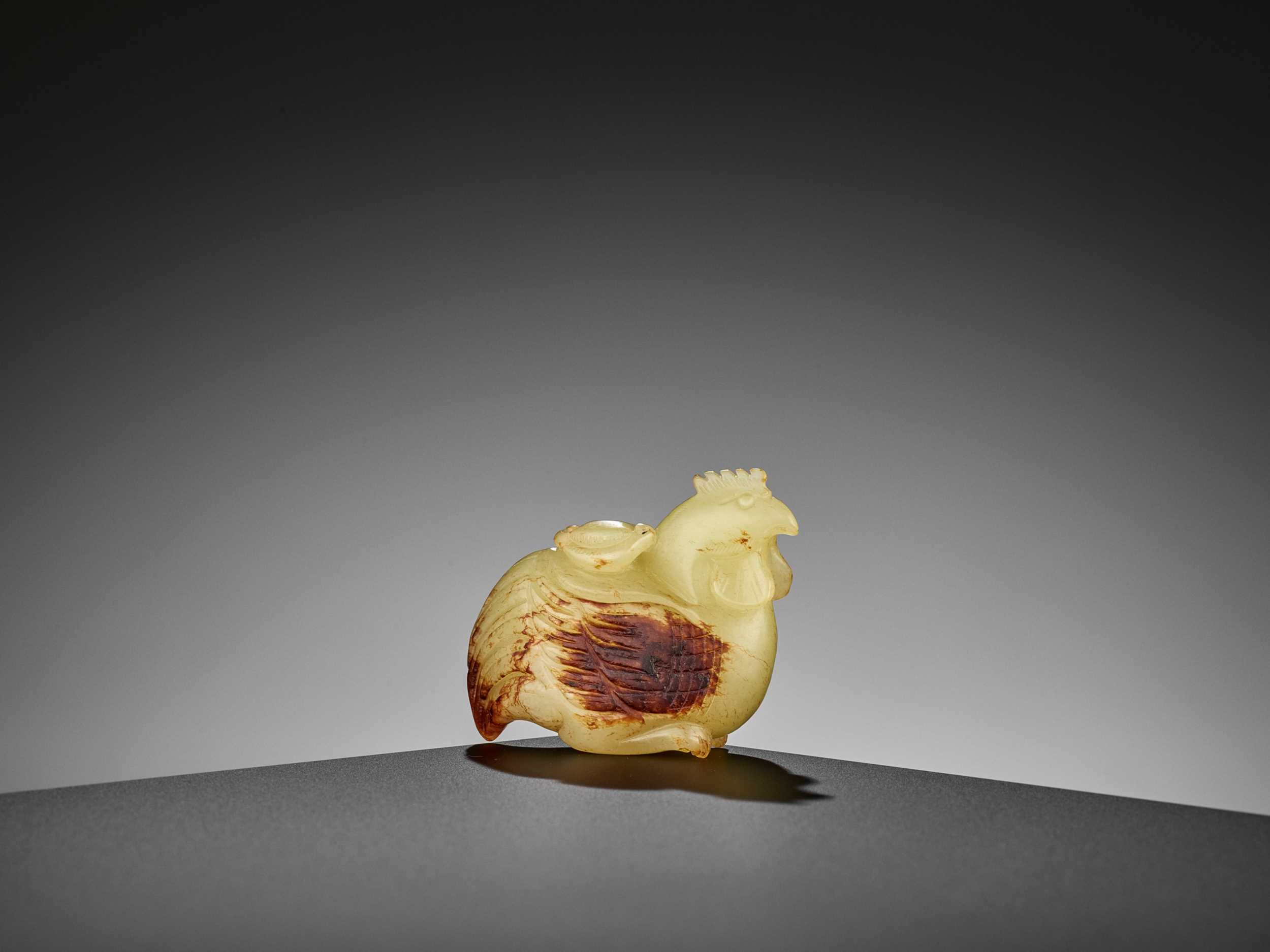
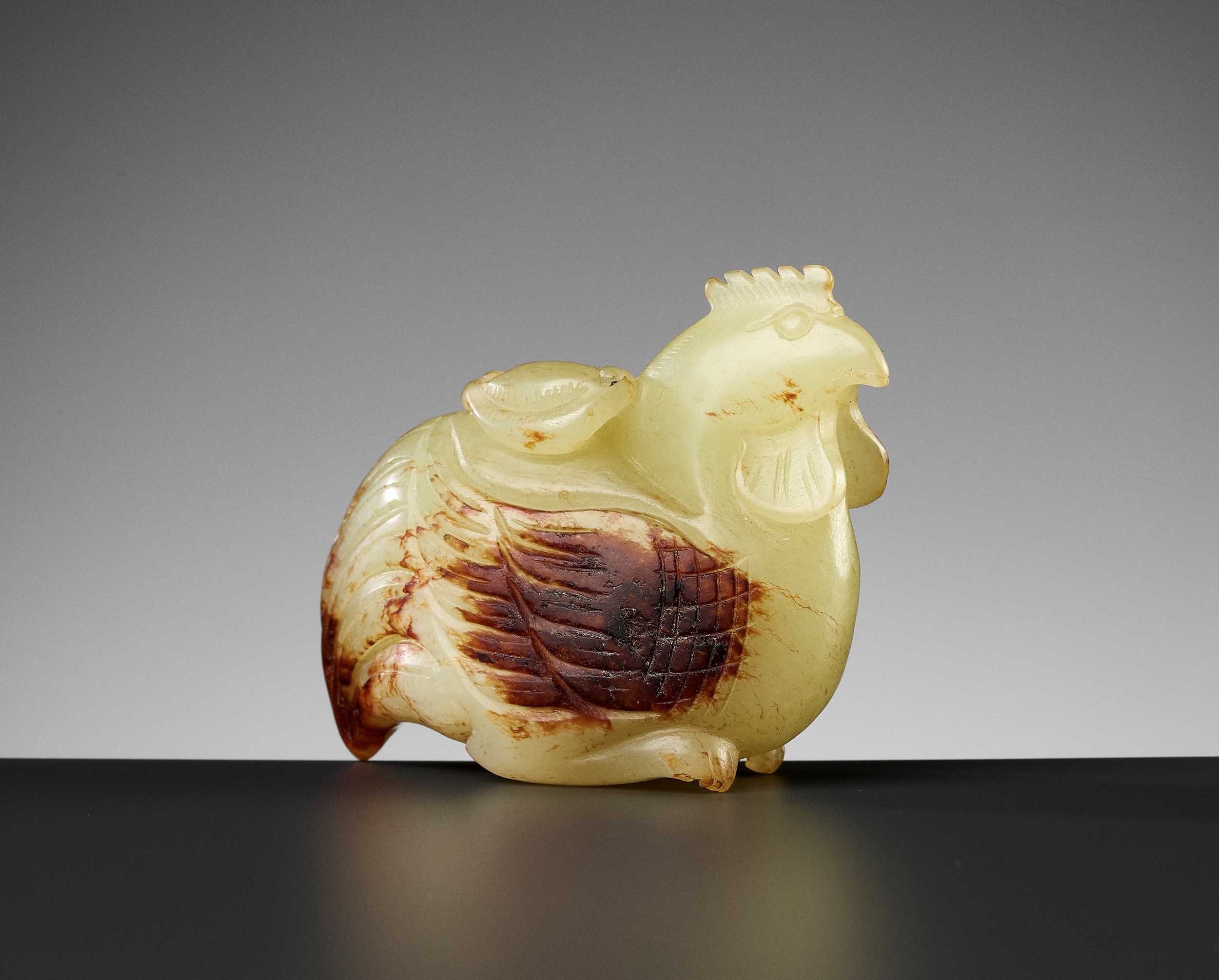
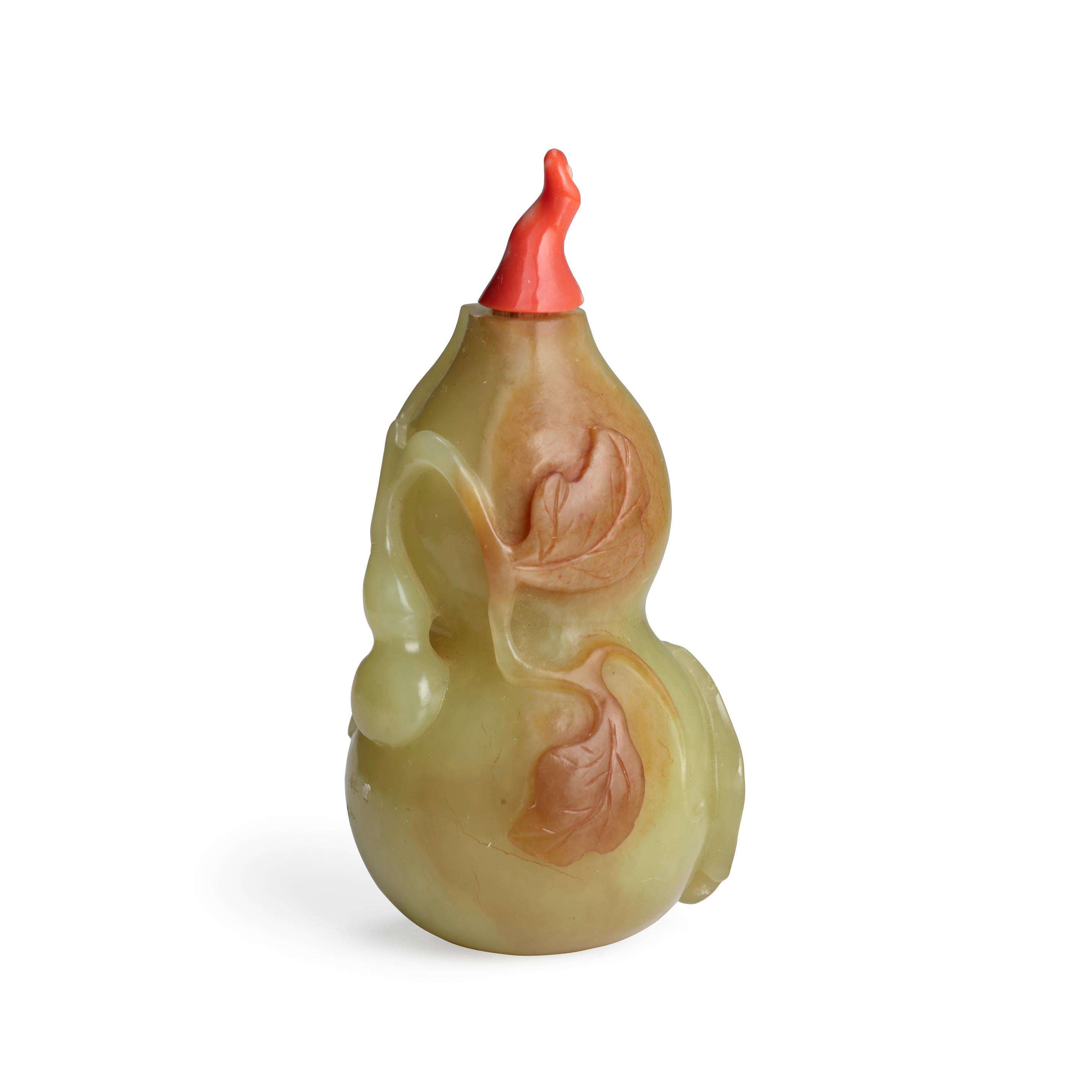
Try LotSearch and its premium features for 7 days - without any costs!
Be notified automatically about new items in upcoming auctions.
Create an alert